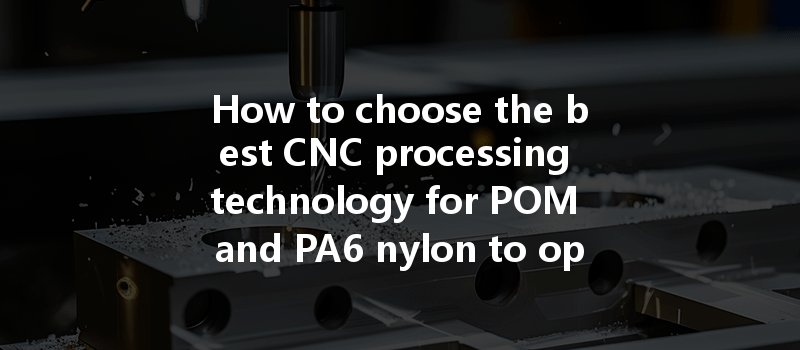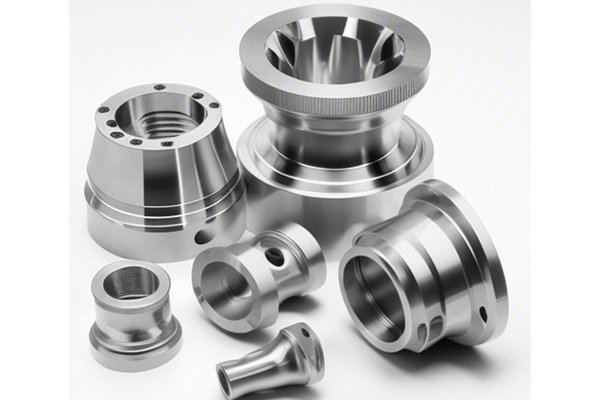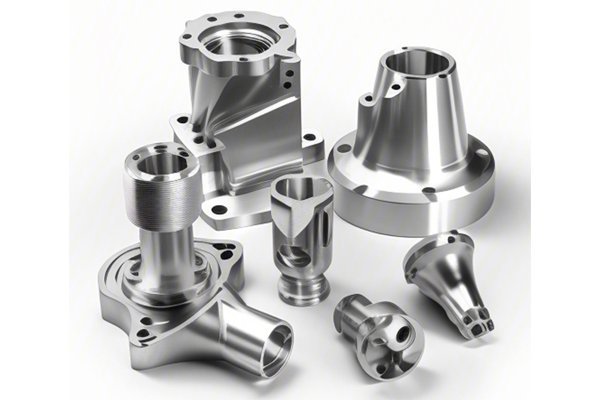*
Did you know that the global market for CNC machining is projected to reach an astonishing $153 billion by 2025? With the rising demand for high-precision components across various industries, understanding how to optimize CNC processing methods has never been more crucial for manufacturers. In this constantly evolving landscape, choosing the right CNC processing technology becomes key, especially when working with specific materials like Polyoxymethylene (POM) and PA6 Nylon.
In this extensive guide, we’ll delve into the nuances of CNC processing for POM and PA6 Nylon, outline the best practices for selecting effective methods, and explore how to optimize efficiency in production. This blog aims to be your comprehensive resource for understanding the capabilities of CNC technology in the context of these engineering thermoplastics.
—
Understanding POM and PA6 Nylon
Before diving into CNC processing techniques, let’s establish a basic understanding of the materials in question.
What is POM?
Polyoxymethylene, commonly known as acetal or POM, is a thermoplastic polymer known for its outstanding mechanical properties and low friction. This makes it an ideal candidate for applications requiring precision and durability, such as gears, bearings, and various automotive components.
What is PA6 Nylon?
Polyamide 6, or PA6 Nylon, is another popular thermoplastic noted for its excellent tensile strength, chemical resistance, and toughness. It’s widely employed in applications ranging from automotive parts to textiles. Its high workability makes it a favorite in CNC processing.
Key Properties Comparison: POM vs. PA6 Nylon
| Property | POM | PA6 Nylon |
|————————–|———————–|———————————-|
| Tensile Strength | Excellent | Good |
| Impact Resistance | High | High |
| Friction Coefficient | Low | Moderate |
| Chemical Resistance | Moderate | High |
| Operating Temperature | Up to 100°C | Up to 80°C |
| Machinability | Excellent | Good |
Understanding these properties is vital in determining the right CNC technology to use.
—
Key Considerations in CNC Processing for POM and PA6 Nylon
Choosing the right CNC processing technology involves several critical considerations:
Machining methods can vary based on the desired end product. Common CNC methods include:
Selecting the right tooling materials can significantly impact efficiency:
The optimal feed rate and spindle speed can vary depending on the material:
Implementing adequate cooling methods during CNC processing is crucial to maintaining tool sustainability and improving part quality:
—
CNC Processing Techniques: A Detailed Exploration
Milling is one of the most versatile CNC machining methods. The characteristics of both POM and PA6 make them suitable for milling.
Machining Strategy

Parameters Optimization
—
CNC turning is suited for producing round components from solid bars.
Turning Process
Tooling and Parameters
—
CNC routers offer a high degree of customization for sheet materials.
Best Practices
—
This method is gaining traction thanks to its high precision and speed, especially for PA
Process and Limitations
—
Advanced Techniques for Enhancing Efficiency
Utilize advanced simulation software to predict machining outcomes and adjust parameters before actual production.
Implementing Tool Management Systems helps track tool life and usage, ensuring appropriate replacements reduce downtime.
Integrating in-process quality control minimizes defects. Regular inspections using measurement tools guarantee precision in finished products.
—
Today’s manufacturing landscape emphasizes sustainability. Opt for eco-friendly CNC operations that reduce waste.
—
Troubleshooting Common Issues
—
In summary, selecting the right CNC processing technology for POM and PA6 Nylon requires a multifaceted approach encompassing tooling selection, machining methods, and parameter optimization. As we have explored throughout this blog, a nuanced understanding of the materials involved can significantly enhance efficiency and quality in production.
CNC machining is continuously evolving, and staying abreast of best practices is essential for maintaining competitiveness in the marketplace. With the knowledge gained, manufacturers can make informed decisions that significantly impact productivity outcomes.
Ultimately, the importance of choosing the right CNC processing technology for POM and PA6 Nylon is a crucial step toward achieving superior results in your manufacturing processes. Embrace the insights shared here and remain vigilant in your quest to optimize efficiency and productivity within your operations. After all, in the world of CNC machining, knowledge truly is power.






